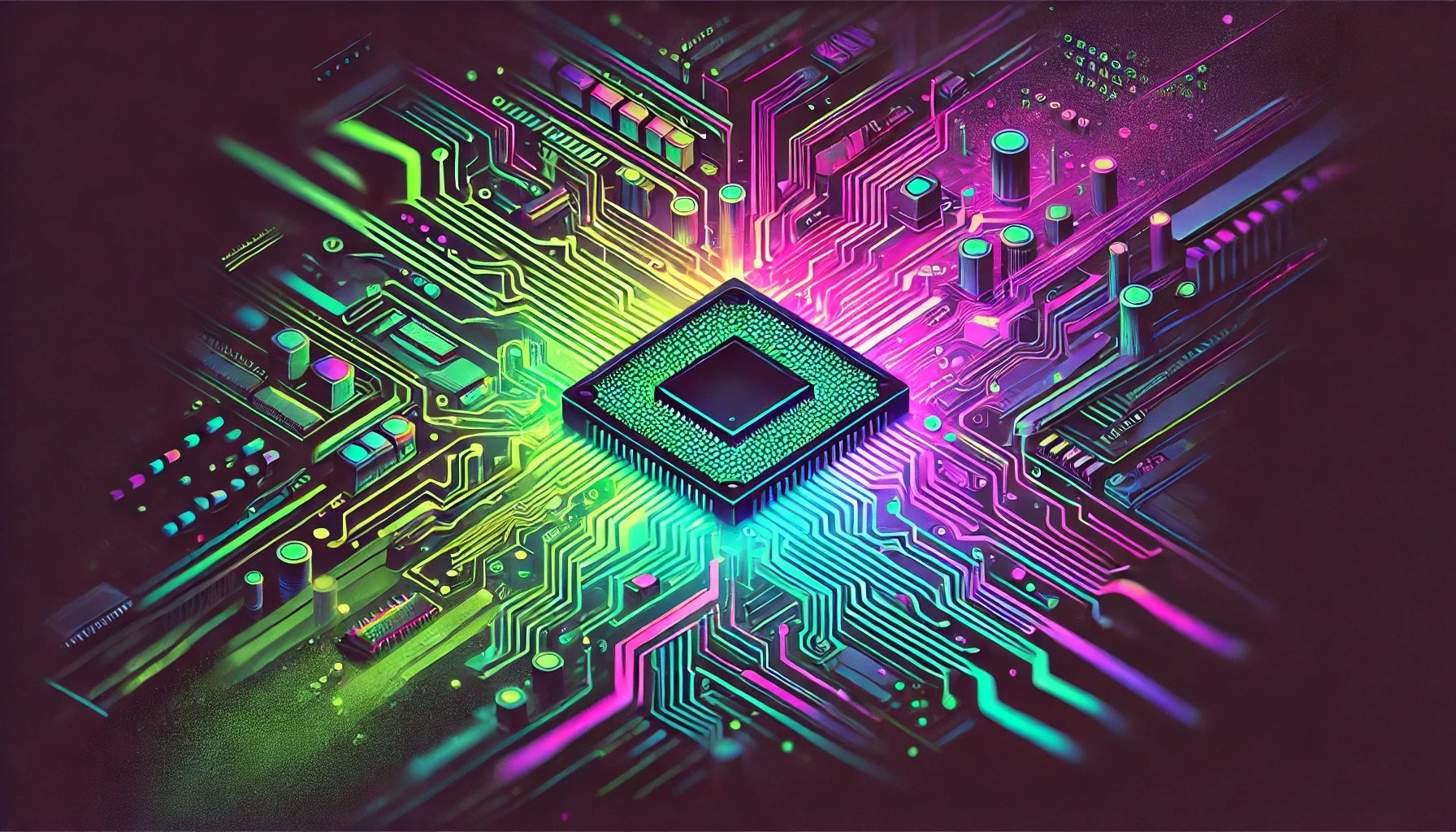Overview of Machine Vision on Embedded Platforms
- Machine vision on embedded platforms involves integrating image capture, processing, and analysis into compact, efficient systems. These systems are typically embedded in devices with limited computational power, memory, and energy resources, making the design and implementation of machine vision solutions particularly challenging.
Core Components of Machine Vision on Embedded Platforms
- Image Sensor: This component captures visual information. It can be a camera or other imaging devices such as infrared sensors. The choice of sensor affects the resolution, frame rate, and dynamic range of the captured images.
- Processing Unit: The processing unit executes algorithms that extract and analyze information from captured images. Popular processing units include microcontrollers, digital signal processors (DSPs), and specialized hardware such as graphics processing units (GPUs) and field-programmable gate arrays (FPGAs).
- Memory: Memory stores images and intermediate processing data. It’s essential to optimize memory use for efficient processing, especially in embedded systems with limited capacity.
- Communication Interface: This allows the system to communicate with other devices or systems to send or receive data. Common interfaces include Wi-Fi, Bluetooth, and Ethernet.
Applications of Machine Vision on Embedded Platforms
- Industrial Automation: Used for quality control, monitoring, and guidance systems in manufacturing environments. Embedded vision systems can inspect products for defects, verify assembly processes, and guide robotic arms.
- Autonomous Vehicles: In autonomous cars and drones, embedded vision systems help with navigation, obstacle detection, and traffic sign recognition.
- Healthcare Devices: Used in diagnostic devices and patient monitoring systems to analyze medical images or detect patient conditions.
- Consumer Electronics: Features like face recognition in smartphones and augmented reality in gaming devices employ embedded vision systems.
Challenges in Developing Machine Vision Systems for Embedded Platforms
- Resource Constraints: Embedded platforms often have limited processing power, memory, and battery life, making the implementation of complex vision algorithms challenging.
- Real-time Processing: Many applications require immediate analysis and response, which demands efficient algorithms that can process large volumes of data quickly.
- System Integration: Combining various hardware and software components to create a cohesive system presents hardware compatibility and software dependency issues.
- Scalability and Flexibility: Designing systems that can adapt to different applications or changing requirements without significant redesign can be complex.
Example Code for Image Processing on an Embedded Platform
#include <stdio.h>
#include "image_processing_library.h"
// Definition of a basic image processing function
void process_image(uint8_t* image, uint32_t width, uint32_t height) {
// Applying a simple edge detection filter
apply_edge_detection(image, width, height);
// Further processing could include thresholding, segmentation, etc.
}
int main() {
// Load image from the sensor
uint8_t* image;
uint32_t width, height;
if (capture_image(&image, &width, &height) != 0) {
printf("Failed to capture image\n");
return -1;
}
// Process the captured image
process_image(image, width, height);
// The image can now be used for further analysis or transmission
return 0;
}
Overall, machine vision on embedded platforms is about leveraging compact and efficient hardware to perform complex visual tasks. Despite the tight constraints, advancements in technology continue to push the capabilities of these systems, enabling new and innovative applications across various industries.
























